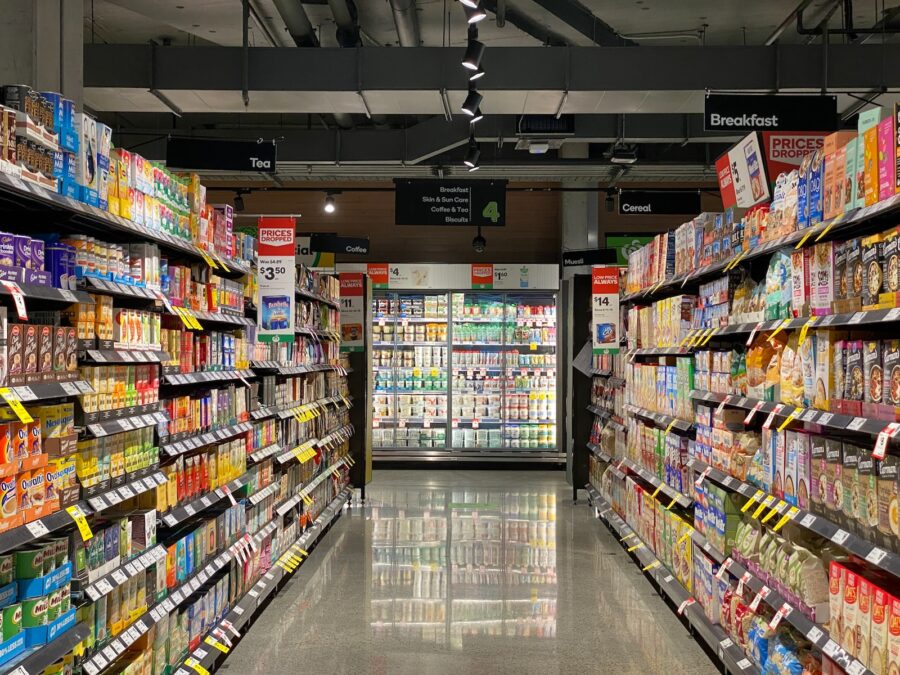Price increases on grocery shelves may finally slow in 2023 – a majority of both packaged goods manufacturers and retailers believe that price points are “more important” in today’s marketplace, according to the Advantage Sales Outlook | October 2022, based on a survey by Advantage Sales.
As a result, fewer than 40% of manufacturers say they plan to increase their list price during the first half of the year.
However, the exact path retailers will take depends on the state of the economy in the coming months. The survey found that more than six out of 10 retailers (62%) have been passing on most of manufacturers’ price increases to shoppers while still compressing margins. If inflation continues to rise, 57% of retailers will continue to boost their everyday prices.
Should this occur, they need to take care as they chart their path.
“While retailers may be pressed to pass along all cost increases to customers, determining the best approach is not a one-size-fits-all decision that only considers short-term gains and losses,” said Jill Blanchard, President, Enterprise Client Solutions at Advantage Solutions. “The juxtaposition of preserving demand while maximizing, or even just maintaining, profit must be weighed against retailer and category objectives.
“Retailers make careful decisions to preserve long-term loyalty post-inflation and take many factors into consideration with a sharp focus on when a rise in price will cause shopper leakage or exit from the category altogether.”
Private label brands will also increase in importance if inflation continues, and 70% of retailers cited boosting availability as one of their top three strategies under these circumstances – companies should put the customer first and find new products with their needs in mind, according to Jim Griffin, EVP of Sales, North America at Daymon.
However, only 25% of manufacturers who produce store brands said they’ll be increasing their private label capacity, making it paramount for retailers to locate the right partners.
“Raw material capacity, labor shortages and production line time are creating challenges both for manufacturers and retailers looking to expand their private brands,” said Griffin. “This is an opportunity for retailers to identify strategic supplier partners for key categories, while considering diversifying their base through global sourcing, local options and creative partnerships.
“Looking beyond cost-driven commoditization may not only help to expand private brands for retailers, but also mitigate sourcing risks, add innovation and contribute to broader business strategies.”
If deflation occurs, 79% cited plans to reduce their everyday price and 64% to increase promotions as one of their top three strategies, according to the study. A deflationary environment will provide relief for manufacturers, retailers and consumers alike, but companies must still be prepared to pounce on the opportunity to expand market share while regrowing margins.
“Ideally, retailers see these strategies flowing from their manufacturer suppliers,” said Blanchard. “That said, if retailers’ costs decrease, this indicates they would use those reductions to capture more shoppers with price. Agile and prompt reactions to reduce prices and execute promotions ahead of competitors will be influential in driving customer loyalty during a deflationary retail landscape.”
The economy could go in very different directions in the future, but regardless of what path it follows retailers need to remain aware of the supply chain to thrive.
Manufacturers and retailers have both been working through inventory challenges, and now is the time to forge relationships that will benefit both sides in the future.
“Given the tightness of (the) supply chain in several categories, retailers see the need to repair and improve the working relationships with their manufacturer suppliers,” said Blanchard. “Their top three strategies to do this are more long-term collaborative planning, sharing more data and insights, and increasing in-person meetings.”












